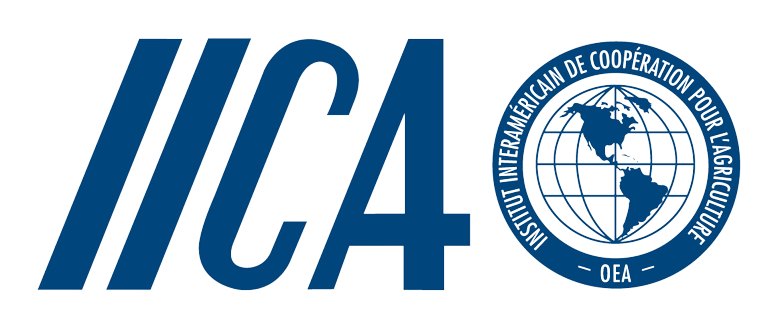The development of the rubber manufacturing industrial sector in Malaysia.
The paper provides a brief economic history of the rubber products manufacturing industry from the 1920s to 2005 when the Second Industrial Master plan came to an end. Statistics on the development of the industry and economic data on the sector have been gathered from official sources and studies on the economic development of Malaysia. The analysis is divided into three phases that reflect the dominant economic and industrialisation policies pursued by the authorities over the past 85 years. In 2005 there were over 350 rubber manufacturing enterprises that produced goods valued at RM10 billion. The sector consumed some 483 000 metric tonnes of rubber which is equivalent to 43 per cent of domestic production of Hevea rubber. Exports of rubber manufactures were 80 per cent by value of factory output and earned RM8 billion in export revenues. In contrast, raw rubber exports of 1.13 million metric tonnes were valued at RM5.8 billion. The production of rubber goods, therefore, adds value to locally produced natural rubber by making it into manufactured articles in an export-oriented industry. It is argued that the manufacture of rubber products has contributed, in part, to the success of Malaysia's industrialisation programme. The rubber industry when taken as a whole is an example of a vertically integrated, resource-based industry with domestic production of natural rubber used as a raw material input to produce a range of manufactured goods for sale into local and export markets.
| Auteur principal: | |
|---|---|
| Format: | Texto biblioteca |
| Langue: | ng |
| Publié: |
©201
|
| Sujets: | Caucho, Desarrollo económico., Industria del caucho., |
| Tags: |
Ajouter un tag
Pas de tags, Soyez le premier à ajouter un tag!
|
| id |
cat-fedepalma-26924 |
|---|---|
| record_format |
koha |
| spelling |
cat-fedepalma-269242022-08-05T00:20:49ZThe development of the rubber manufacturing industrial sector in Malaysia. Goldthorpe, Christopher C. 42795, autor. aut text©2011ng The paper provides a brief economic history of the rubber products manufacturing industry from the 1920s to 2005 when the Second Industrial Master plan came to an end. Statistics on the development of the industry and economic data on the sector have been gathered from official sources and studies on the economic development of Malaysia. The analysis is divided into three phases that reflect the dominant economic and industrialisation policies pursued by the authorities over the past 85 years. In 2005 there were over 350 rubber manufacturing enterprises that produced goods valued at RM10 billion. The sector consumed some 483 000 metric tonnes of rubber which is equivalent to 43 per cent of domestic production of Hevea rubber. Exports of rubber manufactures were 80 per cent by value of factory output and earned RM8 billion in export revenues. In contrast, raw rubber exports of 1.13 million metric tonnes were valued at RM5.8 billion. The production of rubber goods, therefore, adds value to locally produced natural rubber by making it into manufactured articles in an export-oriented industry. It is argued that the manufacture of rubber products has contributed, in part, to the success of Malaysia's industrialisation programme. The rubber industry when taken as a whole is an example of a vertically integrated, resource-based industry with domestic production of natural rubber used as a raw material input to produce a range of manufactured goods for sale into local and export markets.Incluye referencias bibliográficas.The paper provides a brief economic history of the rubber products manufacturing industry from the 1920s to 2005 when the Second Industrial Master plan came to an end. Statistics on the development of the industry and economic data on the sector have been gathered from official sources and studies on the economic development of Malaysia. The analysis is divided into three phases that reflect the dominant economic and industrialisation policies pursued by the authorities over the past 85 years. In 2005 there were over 350 rubber manufacturing enterprises that produced goods valued at RM10 billion. The sector consumed some 483 000 metric tonnes of rubber which is equivalent to 43 per cent of domestic production of Hevea rubber. Exports of rubber manufactures were 80 per cent by value of factory output and earned RM8 billion in export revenues. In contrast, raw rubber exports of 1.13 million metric tonnes were valued at RM5.8 billion. The production of rubber goods, therefore, adds value to locally produced natural rubber by making it into manufactured articles in an export-oriented industry. It is argued that the manufacture of rubber products has contributed, in part, to the success of Malaysia's industrialisation programme. The rubber industry when taken as a whole is an example of a vertically integrated, resource-based industry with domestic production of natural rubber used as a raw material input to produce a range of manufactured goods for sale into local and export markets.CauchoDesarrollo económico.Industria del caucho. |
| institution |
FEDEPALMA |
| collection |
Koha |
| country |
Colombia |
| countrycode |
CO |
| component |
Bibliográfico |
| access |
En linea |
| databasecode |
cat-fedepalma |
| tag |
biblioteca |
| region |
America del Sur |
| libraryname |
Centro de Información y Documentación Palmero |
| language |
ng |
| topic |
Caucho Desarrollo económico. Industria del caucho. Caucho Desarrollo económico. Industria del caucho. |
| spellingShingle |
Caucho Desarrollo económico. Industria del caucho. Caucho Desarrollo económico. Industria del caucho. Goldthorpe, Christopher C. 42795, autor. aut The development of the rubber manufacturing industrial sector in Malaysia. |
| description |
The paper provides a brief economic history of the rubber products manufacturing industry from the 1920s to 2005 when the Second Industrial Master plan came to an end. Statistics on the development of the industry and economic data on the sector have been gathered from official sources and studies on the economic development of Malaysia. The analysis is divided into three phases that reflect the dominant economic and industrialisation policies pursued by the authorities over the past 85 years. In 2005 there were over 350 rubber manufacturing enterprises that produced goods valued at RM10 billion. The sector consumed some 483 000 metric tonnes of rubber which is equivalent to 43 per cent of domestic production of Hevea rubber. Exports of rubber manufactures were 80 per cent by value of factory output and earned RM8 billion in export revenues. In contrast, raw rubber exports of 1.13 million metric tonnes were valued at RM5.8 billion. The production of rubber goods, therefore, adds value to locally produced natural rubber by making it into manufactured articles in an export-oriented industry. It is argued that the manufacture of rubber products has contributed, in part, to the success of Malaysia's industrialisation programme. The rubber industry when taken as a whole is an example of a vertically integrated, resource-based industry with domestic production of natural rubber used as a raw material input to produce a range of manufactured goods for sale into local and export markets. |
| format |
Texto |
| topic_facet |
Caucho Desarrollo económico. Industria del caucho. |
| author |
Goldthorpe, Christopher C. 42795, autor. aut |
| author_facet |
Goldthorpe, Christopher C. 42795, autor. aut |
| author_sort |
Goldthorpe, Christopher C. 42795, autor. aut |
| title |
The development of the rubber manufacturing industrial sector in Malaysia. |
| title_short |
The development of the rubber manufacturing industrial sector in Malaysia. |
| title_full |
The development of the rubber manufacturing industrial sector in Malaysia. |
| title_fullStr |
The development of the rubber manufacturing industrial sector in Malaysia. |
| title_full_unstemmed |
The development of the rubber manufacturing industrial sector in Malaysia. |
| title_sort |
development of the rubber manufacturing industrial sector in malaysia. |
| publishDate |
©201 |
| work_keys_str_mv |
AT goldthorpechristopherc42795autoraut thedevelopmentoftherubbermanufacturingindustrialsectorinmalaysia AT goldthorpechristopherc42795autoraut developmentoftherubbermanufacturingindustrialsectorinmalaysia |
| _version_ |
1756214112154550272 |



